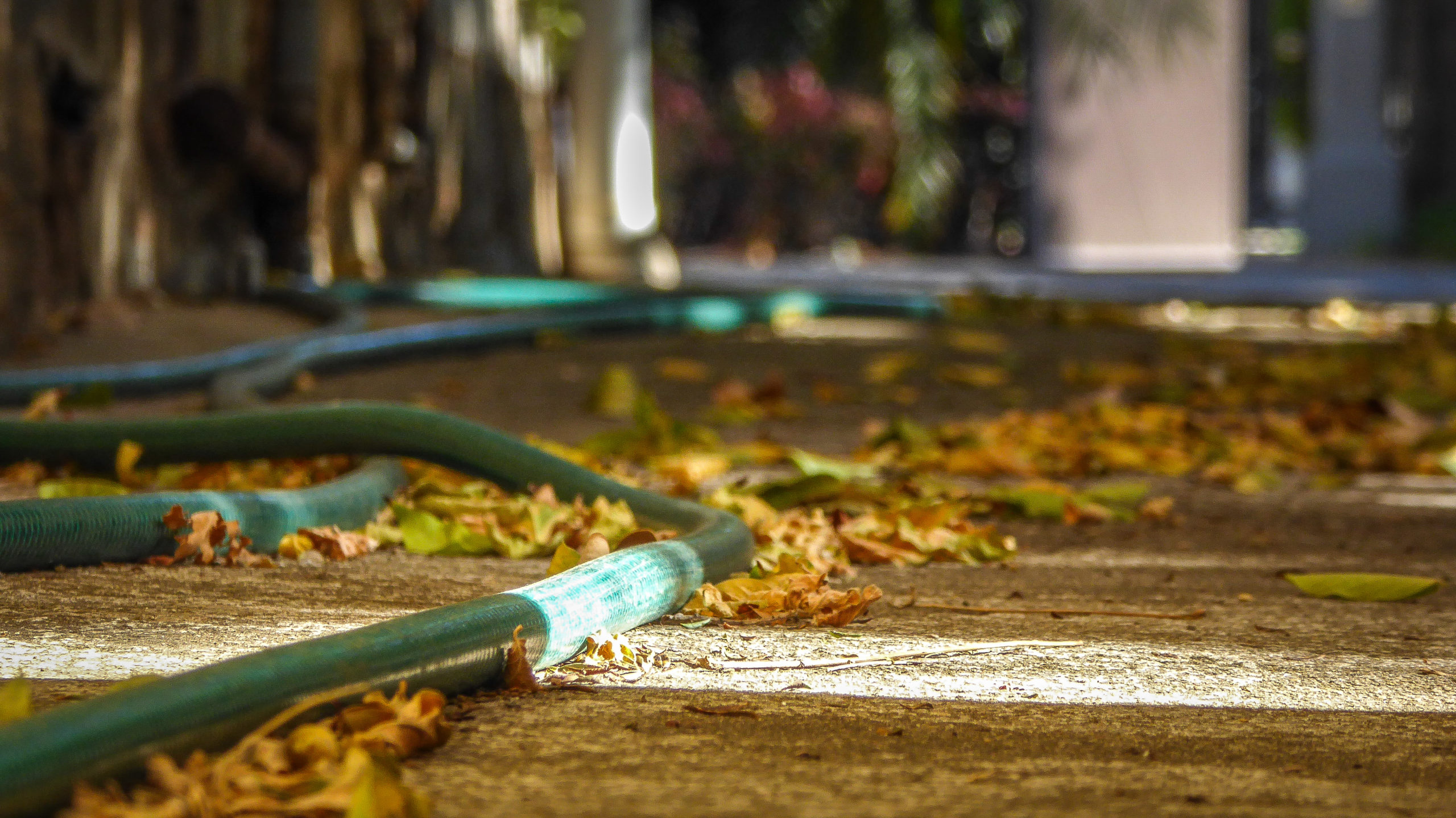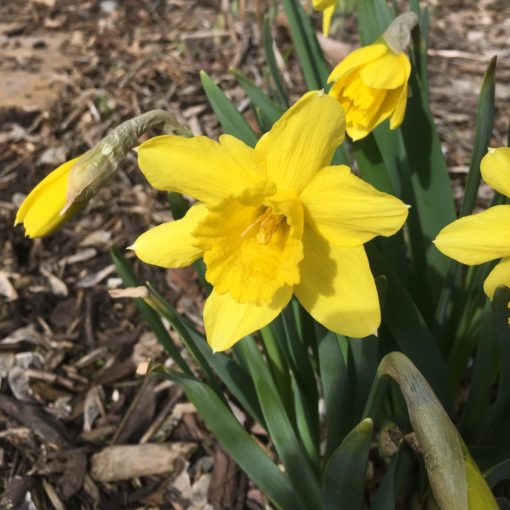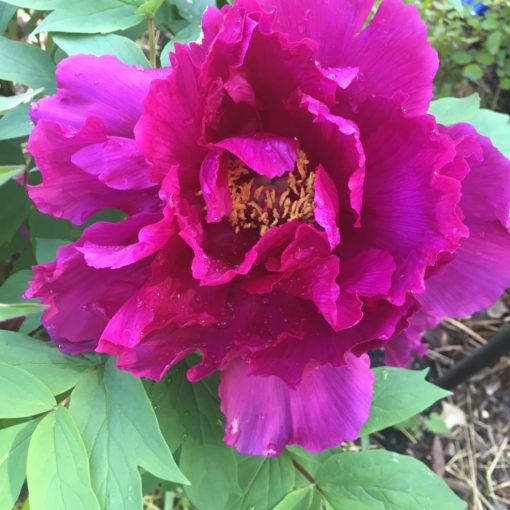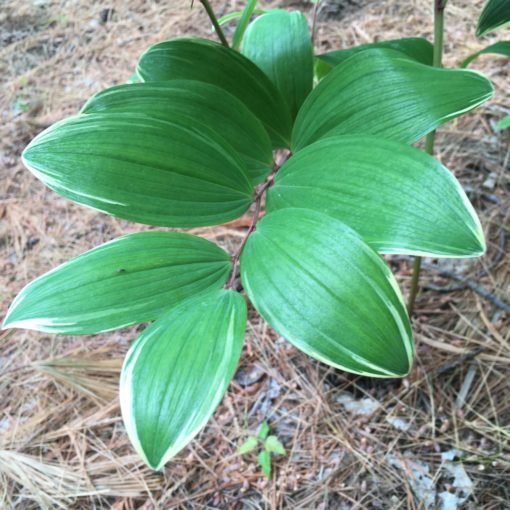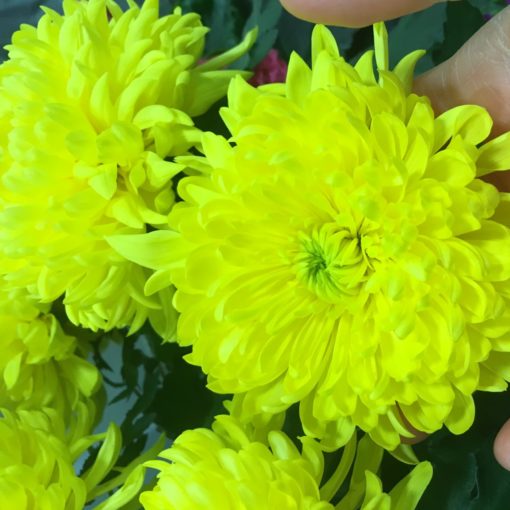As the brilliant colors of autumn fade and leaves pile up, it can be easy to assume that caring for the garden is wrapped up for the season. However, your landscape is not yet fully asleep for the winter, and especially if you have recently had a new installation or a redesign, your gardens need a little more TLC to make sure they enter winter in the best possible condition.
We are serious about taking care of your garden spaces, and as the onset of winter is upon us, we want to make sure that you are aware of what your landscape needs in order to have a gorgeous spring! Watering is the one site condition that you as a property owner have control over. While you can't control shade and sun, temperatures, or soil types, you can affect how much water your plants, shrubs, and trees are receiving as they prepare for winter dormancy. By taking care to water your landscape well going into winter, you are helping to preserve the investment that you have made so far into your landscape.
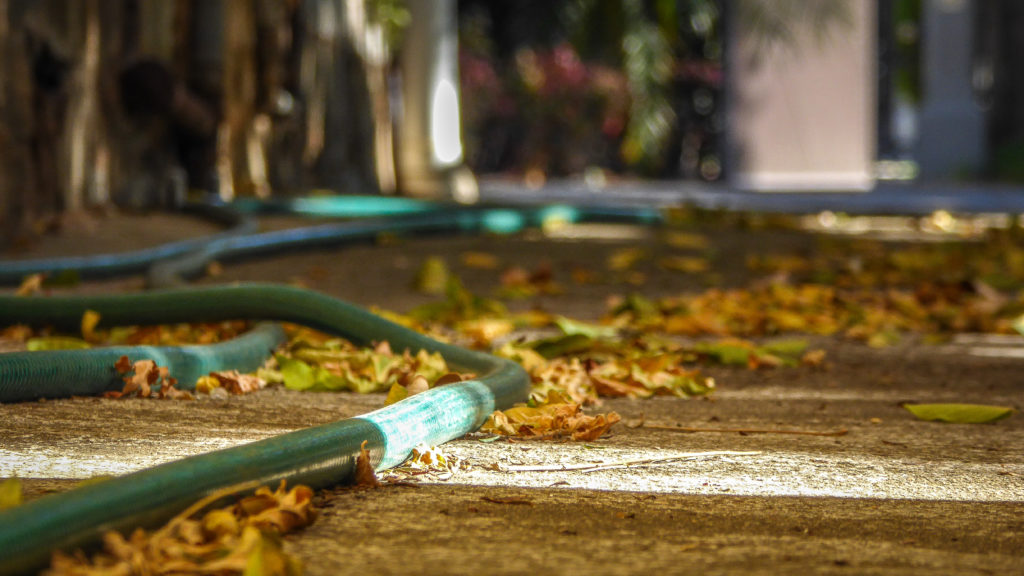
Why Water?
Your gardens are not yet dormant for the season, as plants, shrubs, and trees in our region don't truly go dormant until the ground freezes, which generally occurs around December 15th on average. Up until this point, they are using the moisture that they have to continue to thrive!
Rooting in Fall for Spring Shows!
Late-season watering encourages the establishment of strong, deep root systems. Newly planted trees, shrubs, and perennials are particularly vulnerable during their first growing season. By providing consistent moisture, you're enabling these plants to develop robust root structures that will help them withstand the challenges of winter and flourish come spring.
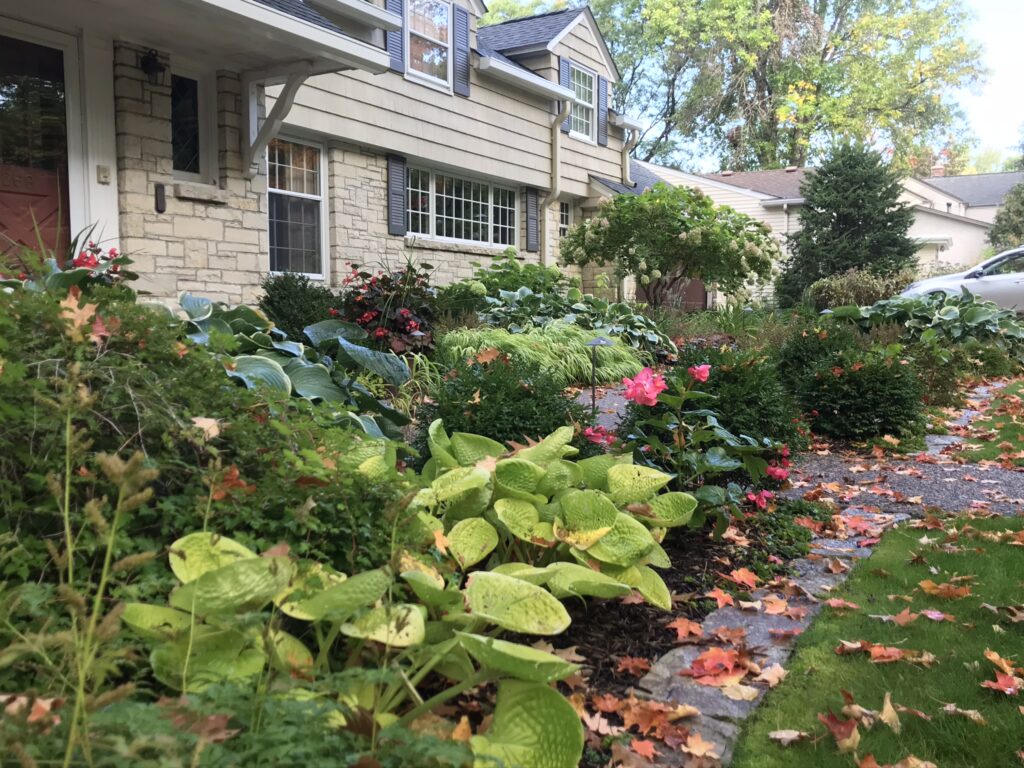
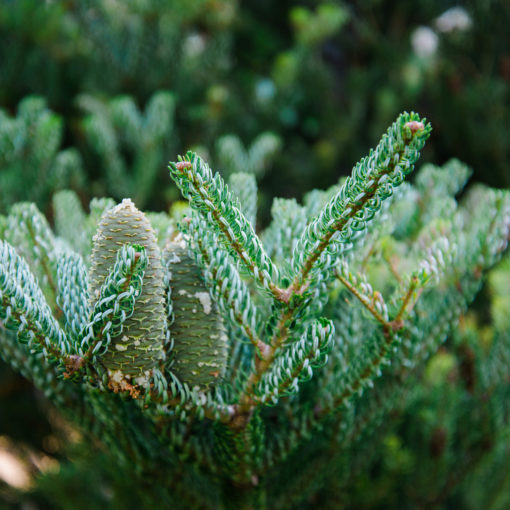
Avoid Winter Stress & Damage
As temperatures drop, plants face increased stress. Adequate hydration helps plants build resilience to winter conditions, reducing the risk of winter burn and damage. Well-hydrated plants are better equipped to face temperature fluctuations and extreme weather events, ensuring they emerge from winter dormancy in optimal health.
Evergreen shrubs and trees, in particular, absolutely must go into winter with adequate hydration to protect them from winter damage as extremely cold winds can desiccate and kill their evergreen foliage. Ensuring that all evergreens are well watered through the fall is important after the long drought we've experienced in recent years, and it is doubly important for any evergreens that are less than 3 or 4 years old.
How to Water:
Additional watering can seem like a lot of work if you have in-ground irrigation that has been turned off for the season. If you don't have an irrigation system, it may feel like a huge task to try to get adequate water to all of your gardens, so in either case, consider these tips:
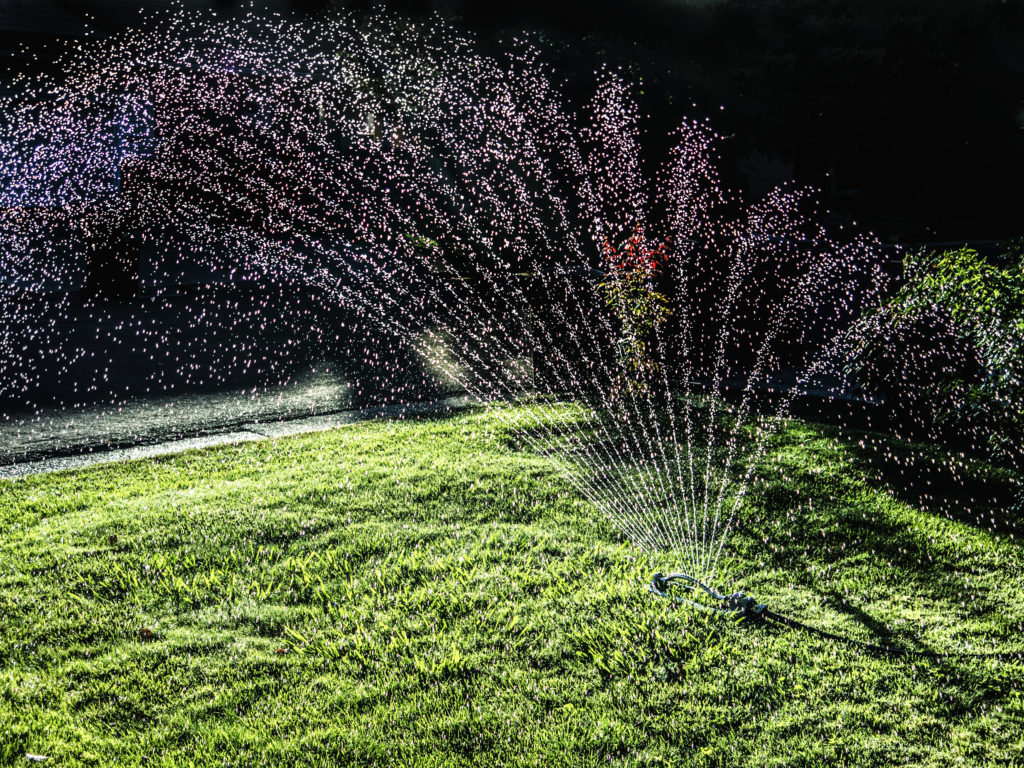
Do you need to set up a sprinkler to water a large area all at once?
A sprinkler is a great choice for watering multiple perennials in a larger area as it allows water to soak in around all the plants in an area. It may not be a good choice for watering shrubs as you would be watering for a long time in order to get the water down to the level of the roots.
Consider setting up a sprinkler for an hour or two at a time, every week or so for established garden spaces, and every day or two for newer installations (those that are less than 3 months old).
Do you have the time to set a hose on a slow trickle and leave it at the base of larger shrubs and trees for an hour or so at a time?
Trickle watering is a good choice for shrubs and trees as you can water very directly at the base of each plant, thereby reducing water waste. This may require a reminder to move the hose and shut it off when you're done, but pairing it with another time-based task such as doing laundry or running the dish washer can help you stay on top of it.
Trickle watering really only needs to happen every two or three weeks for established shrubs and trees, since it allows water to seep in deeply, where the roots have a chance to soak it up over several days.

Special Considerations
If you had a redesign or new installations added to your landscape after August, late-season watering is a critical component in ensuring the success of your new garden. By maintaining a consistent watering schedule, you're actively contributing to the health and beauty of the carefully chosen plants and design elements we've incorporated into your outdoor space.
Finding watering solutions may look different for every garden, but your commitment to late-season watering is an investment in the future health and beauty of your garden. By continuing to nurture your outdoor space through the fall, you're not only preserving your investment but also setting the stage for a thriving and picturesque landscape in the seasons to come.

